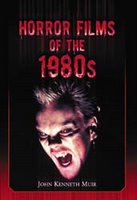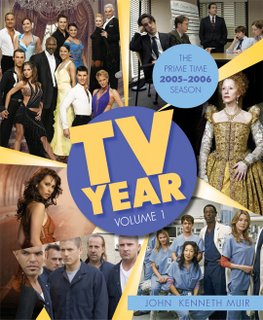
For me (and, I suspect for many fans...) the series reached its apex at the tail end of the very strong third season, in the episode entitled "The Best of Both Worlds." Yes, this is the classic (and it is a classic...) two-parter that saw the long-awaited return of the Borg, the villainous race that had last been seen in the season two story, "Q-Who."
The episode "Best of Both Worlds" (Part One) was brilliant for a number of reasons. First, you had the return of what was clearly the ultimate bad-ass space villain (and there was as yet no silly "Borg Queen," which - truth be told - makes mince-meat of the "hive" Borg concept.) Secondly, you had great character fireworks with Commander Shelby coming aboard the Enterprise and threatening Riker's "safe" position as executive officer (he'd been offered a command of his own). And then you had that great scene with Captain Picard in Ten-Forward, pondering what could be the end of days for the human race with his friend, Guinan (Whoopi Goldberg).
And, oh yeah - there were cool special effects in the space battle between the Borg Cube and NCC-1701-D, and even a moment reflective of Star Trek history, as Picard hid his flagship in a nebula (shades of Wrath of Khan!!!).
But, of course, the best reason to laud "The Best of Both Worlds" is clear on the face of this very trading card, from the Star Trek: The Next Generation "Inaugural Edition" Collectors series (1992; Impel). It was that crazy cliffhanger ending, with Captain Picard abducted by the Borg and re-engineered to be their mouthpiece; Locutus.
I'll never forget chills -- the goose-bumps -- I felt as that half-Picard thing shambled forward, out of the darkness of the Borg ship, and came slowly into the light. A mockery of the human form. Transformed into something antithetical to the individuality we (and the Star Trek...) characters cherish. And his voice...so cold; so lifeless. And he spoke those great words too. "Resistance is futile." Of course, this became a catchphrase in the Trek universe; and rightly so. (Although you can also go back in time and hear identical words spoken by the ultimate Space:1999 "evil race," the Dorcons, from a 1977 episode written by Johnny Byrne...)
And then, of course, Riker gave the order to kill his captain, and we had to wait a very, very long summer to see how everything would turn out.
Was The Next Generation ever better or more compelling than in this episode? I don't think so. "The Best of Both Worlds" (Part I) got every detail and mood right. Hard to believe it came around seventeen years ago, that's for sure.
So today, enjoy this view of Captain Picard transformed into Locutus. It's card # 30 of this particular set. On the back, the card reads "Locutus: Borg Identity of Captain Picard."
The card legend also reads, in part: "After the first contact between the powerful Borg and the U.S.S. Enterprise halfway across the galaxy, the Borg came into Federation space looking for Captain Jean-Luc Picard. Their goal: to "absorb" the Captain into the collective Borg intelligence and use his knowledge to destroy Starfleet and enslave the human race..."




























